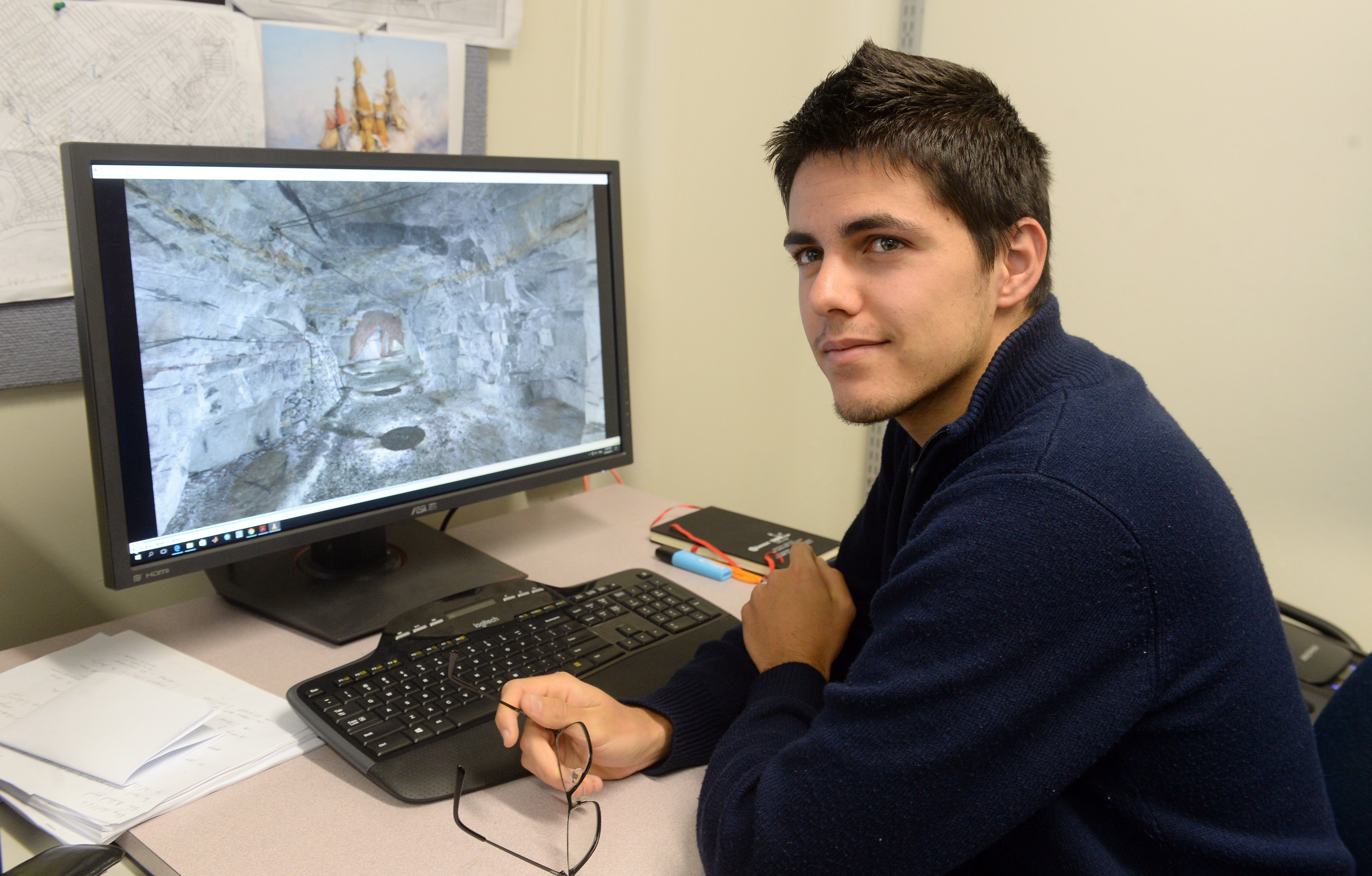
Once-forgotten tunnels under and near the city of Arras in northern France were dug by New Zealand engineers during World War 1, and they inscribed names such as Dunedin, Bluff and Christchurch on the chalk walls.
This reminded them of home, and using New Zealand names and geography also helped them to navigate underground, from ‘‘Russell’’ in the north to "Bluff" in the south.
French president Francois Hollande, Canadian Prime Minister Justin Trudeau, Prince Harry, Prince William and New Zealand Attorney-general Chris Finlayson attended commemorations in Arras last Sunday.
These marked the start of the Battle of Vimy Ridge, on April 9, 1917, in which more than 3500 Canadian soldiers were among the dead. Dr Pascal Sirguey and Richard Hemi, of the Otago School of Surveying, with fellow researchers Chris Page and Damien Houvet, have used digital technology to survey and capture a computerised model of the tunnels of Arras and their distinctive wall markings, including New Zealand place names.
Last Saturday, French-born Dr Sirguey helped give more than 80 talks to more than 1700 visiting Canadian high school pupils in Arras, on the collaborative New Zealand and French project, and played a "movie", providing a virtual tour of the tunnels, using animated digital imagery.
He had received "a lot of feedback and a lot of questions" and the presentations had helped to further raise awareness of Dunedin and New Zealand in France, Dr Sirguey said.
He and research team members were "very satisfied" with the outcome of the challenging two-year project, he said.
The tunnels, digital project and "very big commemoration" were "very, very special" matters, and it had been an honour and an "amazing" experience to have been involved, he said.
The project reached a key milestone on Thursday, when Dr Sirguey presented the results of the massive survey of the tunnels to the city of Arras.
The presentation was part of the 100th anniversary commemoration of the Battle of Arras.
The size of the digital project, involving the extensive tunnel system, was "mind-boggling", he said.
He handed over three terabytes of surveying data, including billions of survey points collected with a terrestrial laser scanner and accompanying animations of the tunnels.
